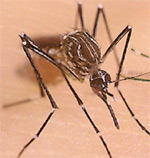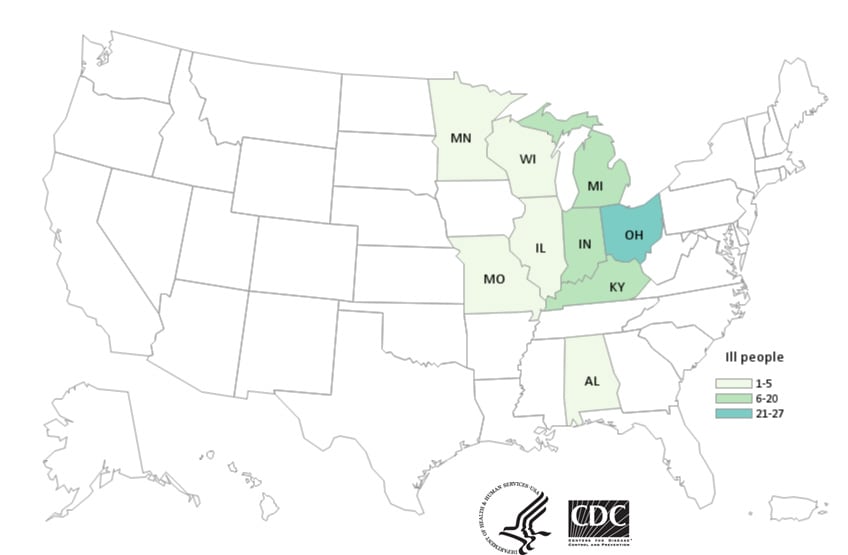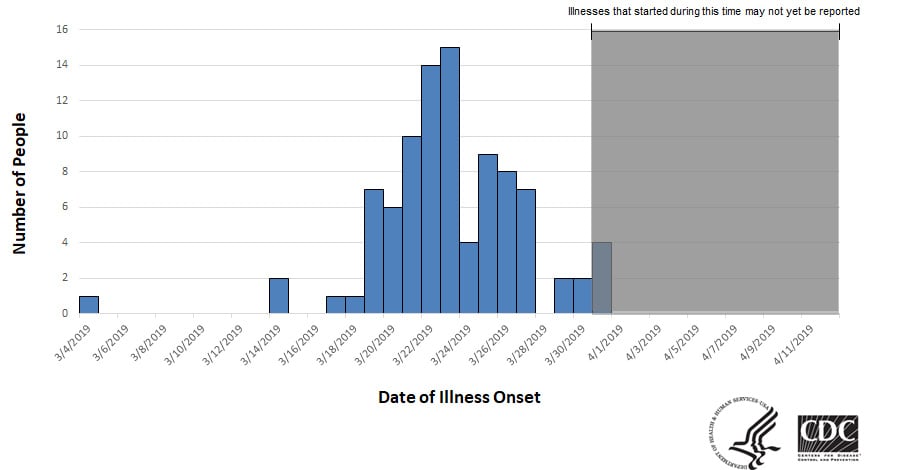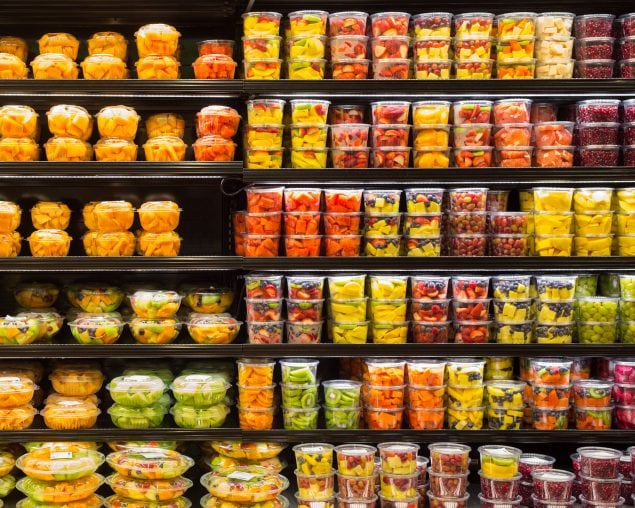Archive for April, 2019
Finally, the Venezuelan government allows the Red Cross to send in 24 tons of medical equipment.
Wednesday, April 17th, 2019“……A recent United Nations report found about a quarter of the country’s population is in dire need of food and basic supplies — and the need is expected to grow. The International Monetary Fund estimates the Venezuelan economy will shrink by 25 percent this year as infrastructure continues to crumble.
Around 5,500 Venezuelans flee the country daily in what has become one of the world’s biggest refugee crises, according to the United Nations…..”
International Coordinating Group (ICG) on Vaccine Provision
Wednesday, April 17th, 2019WHO
What is the ICG?
The ICG was established in 1997, following major outbreaks of meningitis in Africa, as a mechanism to manage and coordinate the provision of emergency vaccine supplies and antibiotics to countries during major outbreaks. Working closely with vaccine producers, through WHO and UNICEF, and following disease trends, the ICG monitors its vaccine security global stock levels for cholera, meningitis and yellow fever to ensure availability of sufficient supply to respond to disease outbreaks when they occur.
The ICG brings partners together to improve cooperation and coordination of epidemic preparedness and response. The ICG also works on forecasting vaccine stocks, negotiating vaccine prices through its networks or partners, evaluating interventions and standard protocols for managing diseases.
The ICG’s mission is to:
- Rapidly deliver vaccines to respond to disease outbreaks;
- Provide equitable vaccine allocation through careful assessment of risk, based on epidemiological and operational criteria;
- Coordinate the use of limited amounts of vaccines and essential medicines;
- Reduce wastage of vaccines and supplies;
- Advocate for readily available, low-cost vaccines and medicines;
- Work with manufacturers through UNICEF and WHO to guarantee the availability of vaccine emergency stock supplies at the global levels;
- Follow standard operating procedures and establish financial mechanisms to purchase emergency vaccine supplies and ensure their sustainability.
Who are ICG’s partners?
The ICG is made up of four member agencies:
International Federation of the Red Cross and Red Crescent Societies (IFRC) – Has strong country presence for community health promotion, local social and resource mobilization and provides support to states during disasters and epidemics.
Médecins sans Frontières (MSF) – An independent, field-based NGO that provides health care to vulnerable populations in emergency settings.
United Nations Children’s Fund (UNICEF) – Conducts wide scale vaccine procurement and shipment, and provides technical support on campaign planning and implementation in country focusing specially on social mobilization and cold chain.
World Health Organization (WHO) – Provides global public health advice and technical support to countries. During outbreaks, WHO focuses on vaccine stockpile management, surveillance, preparedness and response to disease outbreaks.
Additional expertise and technical advice is provided on a case-by- case basis from partners including: Agence de Médecine Preventive in Paris, Epicentre in Paris, GAVI the Vaccine Alliance, WHO Collaborating Centres, the US Centers for Disease Control and the European Community Humanitarian Office (ECHO).
Vaccine manufacturers, vaccine equipment providers and financial donor institutions are also engaged in the ICG operations.
Which vaccine stockpiles are available through the ICG?
ICGs have been established to provide access to vaccines for the following diseases:
Cholera – Since 2013, the ICG for Cholera manages the global stockpile of oral cholera vaccine which was created as an additional tool to help control cholera epidemics. Since July 2013, the ICG has released more than 5 million doses of oral cholera vaccines to affected countries.
Meningitis – The ICG on Vaccine Provision for Epidemic Meningitis Control was established in January 1997, following major outbreaks of meningitis in Africa. Since then, 59 million doses of vaccines were shipped for emergency response in 20 African countries.
Yellow fever – Since 2001, 90 million doses of yellow fever vaccine have been released and shipped to countries facing outbreaks. With vaccine manufacturers as partners in the ICG, a stockpile of 6 million doses has been reserved for outbreak response since May 2016.
How does the ICG decide to release emergency vaccine stockpiles?
Vaccine security stocks can be accessed by ANY country facing an epidemic ANYWHERE in the world, as long as the country’s request fulfills ICG’s criteria for release of vaccine stocks. As a first step, a country must complete and submit a request to the ICG Secretariat using the standard application form
The ICG secretariat at WHO then circulates this request to the partners: UNICEF, Médecins Sans Frontières, the International Federation of the Red Cross, and WHO for review and assessment. Additional requests for information are sent back to the country, if needed. Following a rapid consultation and evaluation process, the decision to release vaccines and other supplies is communicated to the requesting country within 48 hours, once all necessary information has been provided. If approved, UNICEF procures vaccines and injection materials and organizes delivery of vaccines to the country, ideally within 7 days.
Requests are evaluated taking into account the epidemiological situation, vaccination strategy, pre-existing stocks in the country and operational aspects of the epidemic response.

How does the ICG manage, procure and purchase vaccine supply stocks?
The ICG ensures that contingency stocks of vaccines are available to immediately respond to a disease outbreak.
The emergency vaccine stockpiles are held at the manufacturer’s storage facilities until their release is decided by the ICG. UNICEF procures and ships vaccines and supplies on behalf of the ICG. IFRC and MSF support the vaccine logistics and roll out of immunization campaigns on the ground.
Who funds the purchase of the vaccines?
Every year countries experiencing outbreaks use the ICG mechanism to rapidly obtain quantities of high quality vaccine supplies at special prices.
Two different funding mechanisms are used to ensure emergency stockpiles of the three vaccines (yellow fever, meningitis and cholera) managed by the ICG.
- Gavi, the vaccine alliance, finances ICG’s stockpiles of meningitis, yellow fever and cholera vaccines for Gavi eligible countries.
- A revolving fund mechanism was established in 2010 to replenish the costs of vaccines and supplies in order to ensure continuous availability of vaccines to non-Gavi eligible countries before the beginning of the next epidemic season. The funds are managed and used based on consensus of the ICG members. The revolving fund ensures that the vaccine supplies are sustained should long term funding shortages occur. The revolving fund is supported by a number of donors and international agencies.
What are the roles and responsibilities of recipient countries of ICG vaccine stockpiles?
The decision to release vaccine stocks is grounded in evidence-based criteria that includes; epidemiological evidence of an outbreak, laboratory confirmation of pathogen, cold chain storage capacity, the country’s demonstrated capacity to conduct a vaccination campaign and an accompanying plan of action for mass vaccination. A country must submit this information in full, in order for its request for emergency vaccine supplies to be accepted within 48 hours.
Once the request for vaccine supplies has been accepted, a process is put in place to ship the vaccines and supplies. Prior to shipment, the recipient country must demonstrate that there is enough cold chain capacity to receive and store the vaccines and supplies. The recipient country must also ensure that funds are fully available for operational costs of the immunization campaign. Additionally, customs and regulatory approvals must be granted and provided to the ICG prior to the shipment of the vaccines and supplies.
Six months after the deadliest and most destructive wildfire in California history, the town of Paradise remains a disaster zone.
Wednesday, April 17th, 2019NPR
“…..Before the wildfire, the population of Paradise was about 26,000. Today, it’s in the hundreds……The deadly fire may also have contaminated up to 173 miles of pipeline in the town’s water system with cancer-causing benzene and other volatile organic compounds, or VOCs. …..”
Texas City, Texas, 4/16/1947: Nearly 600 people lost their lives and thousands were injured when the fertilizer-laden Grandcamp exploded
Tuesday, April 16th, 2019HxC
https://www.youtube.com/watch?v=O-d6cqhCJNE
4/16/2007: The Virginia Tech Shootings– 32 people died after being gunned down on the campus of Virginia Tech by Seung Hui Cho
Tuesday, April 16th, 2019
https://www.youtube.com/watch?v=lmoqergJ1pc
New research shows that the geographical range of vector-borne diseases such as chikungunya, dengue fever, leishmaniasis, and tick-borne encephalitis (TBE) is expanding rapidly.
Tuesday, April 16th, 2019“……..Global warming has allowed mosquitoes, ticks and other disease-carrying insects to proliferate, adapt to different seasons, and invade new territories across Europe over the past decade–with accompanying outbreaks of dengue in France and Croatia, malaria in Greece, West Nile Fever in Southeast Europe, and chikungunya virus in Italy and France. …….”





